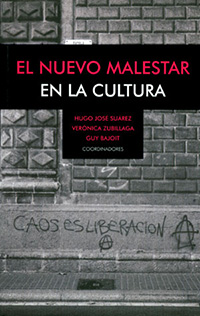

Starting from a general assessment of the concept of the death drive – which has provoked the most debate among psychoanalysts – I analyse its relevance within the Spanish psychoanalytic community. In 1920 Freud put forward his last drive theory, which introduces the conflict between the life and death drives. The essay’s conclusions point to the ambiguous character of the death drive concept and its literal unacceptability and the absence of consistent arguments for its acceptance.

This research covered more than 27% of Spanish psychoanalysts (IPA) and psychotherapists (EFPP).
El malestar de la cultura amorrortu pdf professional#
Next, he presents concise comments on his empirical research on the current professional usage of the death drive in the Spanish psychoanalytical community. The author stresses the underlying healing aspects of repetition in the analytic situation. Although this paper stems mainly from the theoretical aspects of the study, it also offers some clinical thoughts on the basis of a clinical vignette. The author analyses this notion’s speculative nature its relation with the second principle of thermodynamics the feasibility of a return to an inorganic state the death drive’s metaphorical and isomorphic uses, as well as its theoretical and doctrinaire approaches its relationship with repetition compulsion and masochism the influence of Freud ’s scientific background on its formulation and its context-dependent meaning. Based on a six-year doctoral research, the author carries out a historical, epistemological and paradigmatic assessment of the controversial concept of the death instinct.


 0 kommentar(er)
0 kommentar(er)
